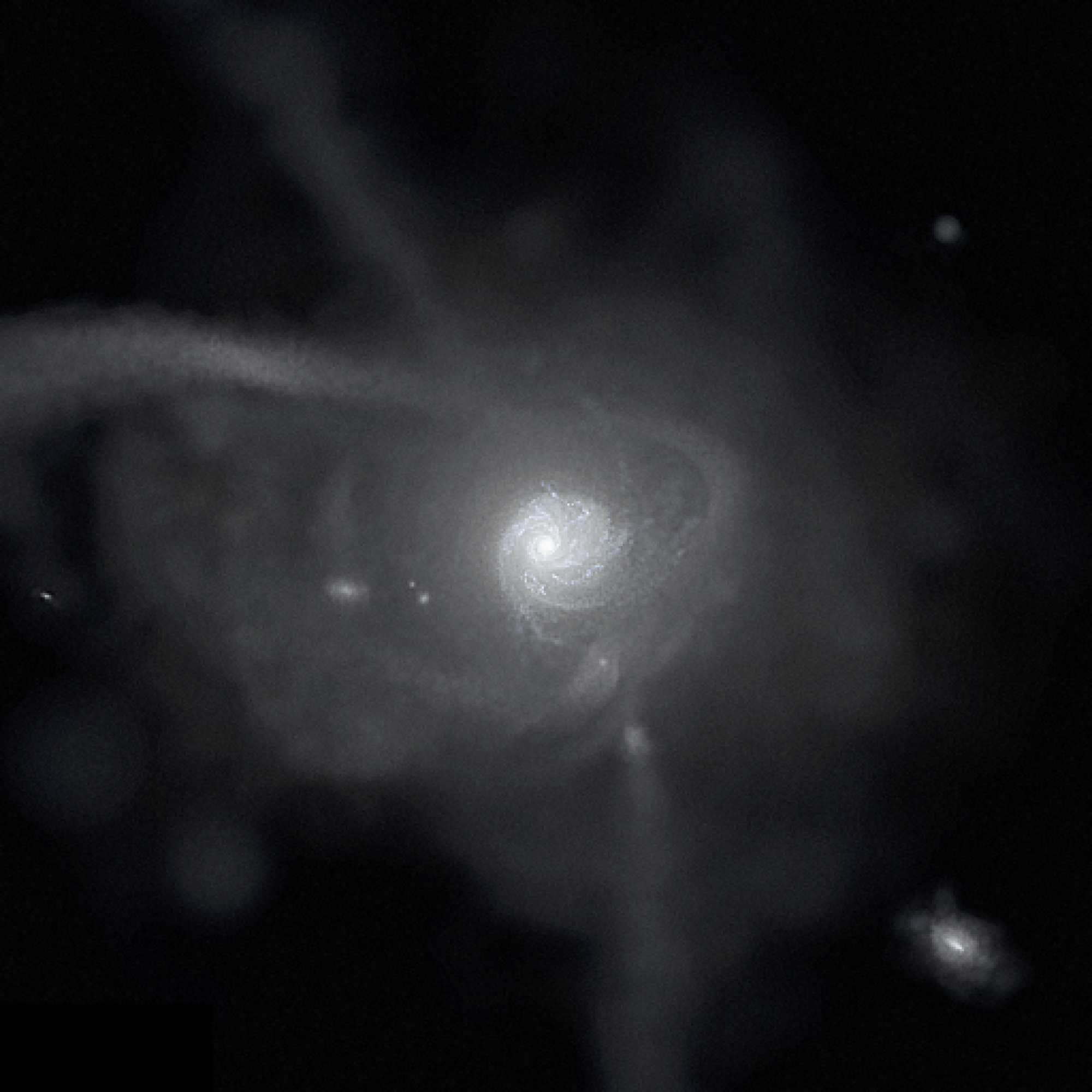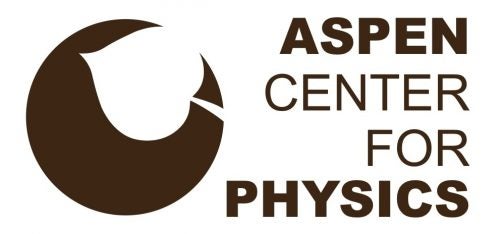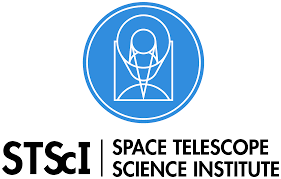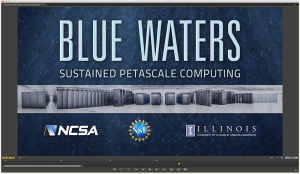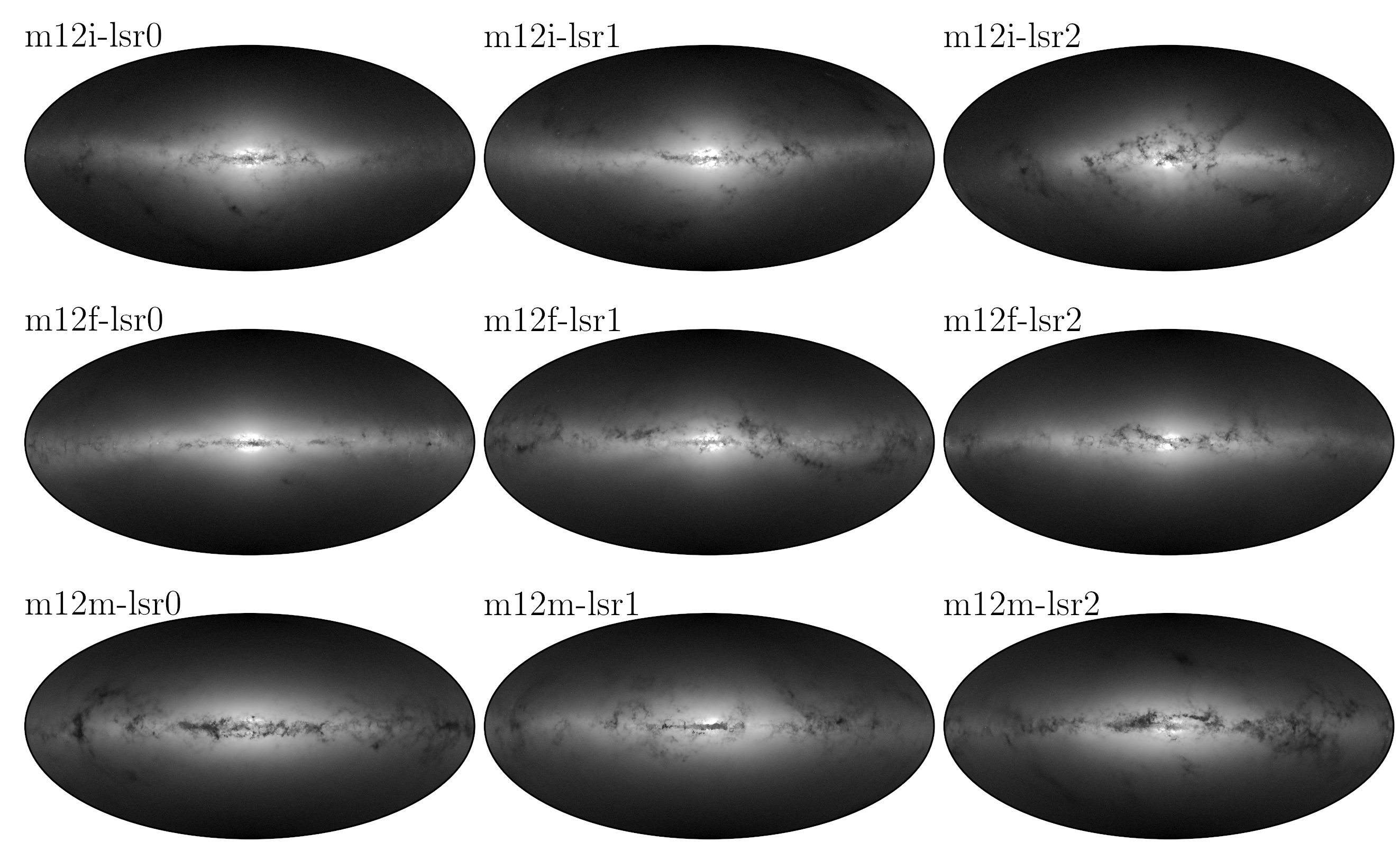
We are excited to announce the release of our synthetic Gaia DR2-like surveys from our Latte suite of FIRE-2 cosmological simulations of Milky Way-mass galaxies. We generated 9 synthetic surveys from 3 simulations, using 3 solar viewpoints per simulation. Along with these synthetic surveys, we also released the full simulation snapshots, including all particle data. All data is available at ananke.hub.yt, and the paper that describes our methods is Sanderson et al 2020.
Congratulations to Robyn Sanderson for leading this ambitious effort, including developing our new Ananke framework for generating synthetic surveys from baryonic simulations. Thanks to Kacper Kowalik and Matt Turk for help hosting this data via the awesome girder.hub.yt.
We hope that these cosmological synthetic Gaia DR2-like surveys will provide useful tools to the scientific community in interpreting the amazing data of the Milky Way from the Gaia space telescope.
